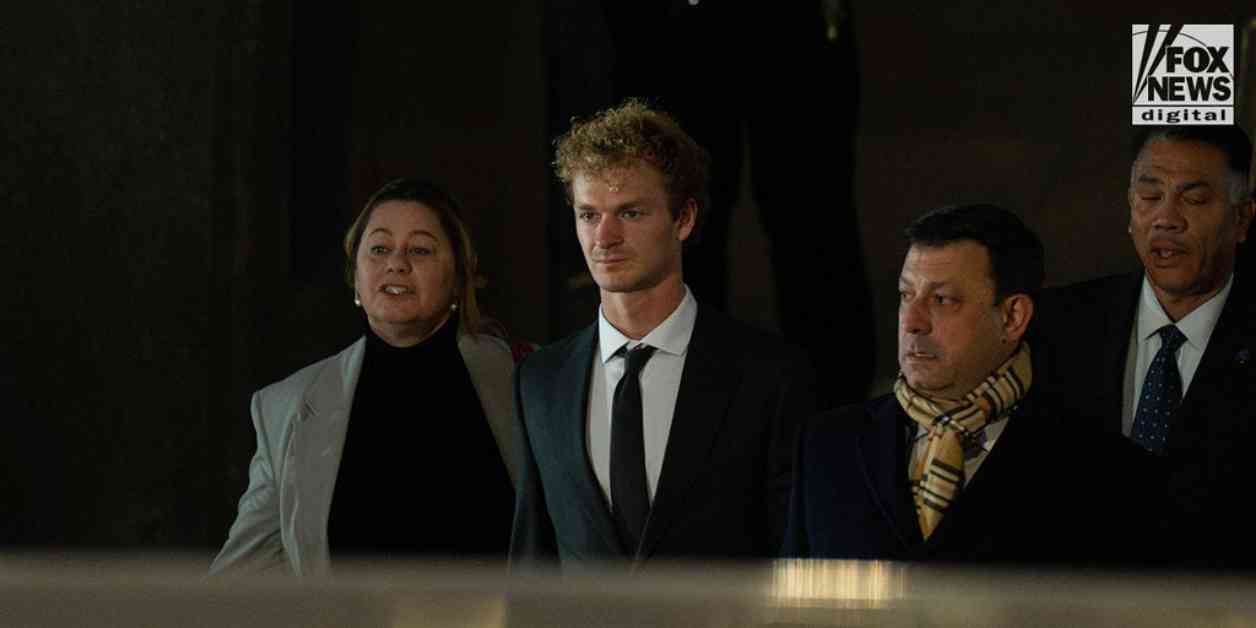Jury Deadlocked in Daniel Penny Subway Chokehold Case
Jurors in the Daniel Penny chokehold trial faced a difficult decision on the fourth day of deliberations. The 26-year-old Marine veteran and architecture student was accused of killing a mentally ill homeless man, Jordan Neely, on a Manhattan subway car during a psychotic episode. The jury could not reach a unanimous decision on the top charge of manslaughter in the second degree, which requires proving that Penny acted recklessly when grabbing Neely in a chokehold.
Challenging Deliberations
After just an hour of deliberation, the jurors informed the court that they were deadlocked on the manslaughter charge. Judge Maxwell Wiley received a note from the jury requesting instructions and clarification. Despite facing difficulties reaching a consensus, the jury continued their discussions, highlighting the complexities of the case and the high stakes involved.
The Trial Details
During the trial, it was revealed that Neely, who had schizophrenia and was high on drugs, made threatening statements while on the subway. Witnesses recounted how Neely’s behavior had instilled fear among passengers, with some testifying that he had shouted death threats. Penny intervened by grabbing Neely in a chokehold to prevent harm to others, leading to Neely’s subsequent death.
A Climate of Fear
The trial took place against the backdrop of heightened fear in the New York City subway system. Incidents of violence, including stabbings and assaults, had left commuters on edge. Witnesses described feeling terrified by Neely’s outbursts and the chaotic atmosphere in the subway car. Penny’s actions were situated within this context of escalating tensions and concerns for public safety.
As we follow the developments in the Daniel Penny trial, it’s crucial to consider the complexities of the case and the broader implications for public safety and justice. The challenges faced by the jury underscore the gravity of the situation and the need for a fair and thorough deliberation process. As we await the final verdict, it’s essential to reflect on the human stories behind the legal proceedings and the impact on all those involved.




